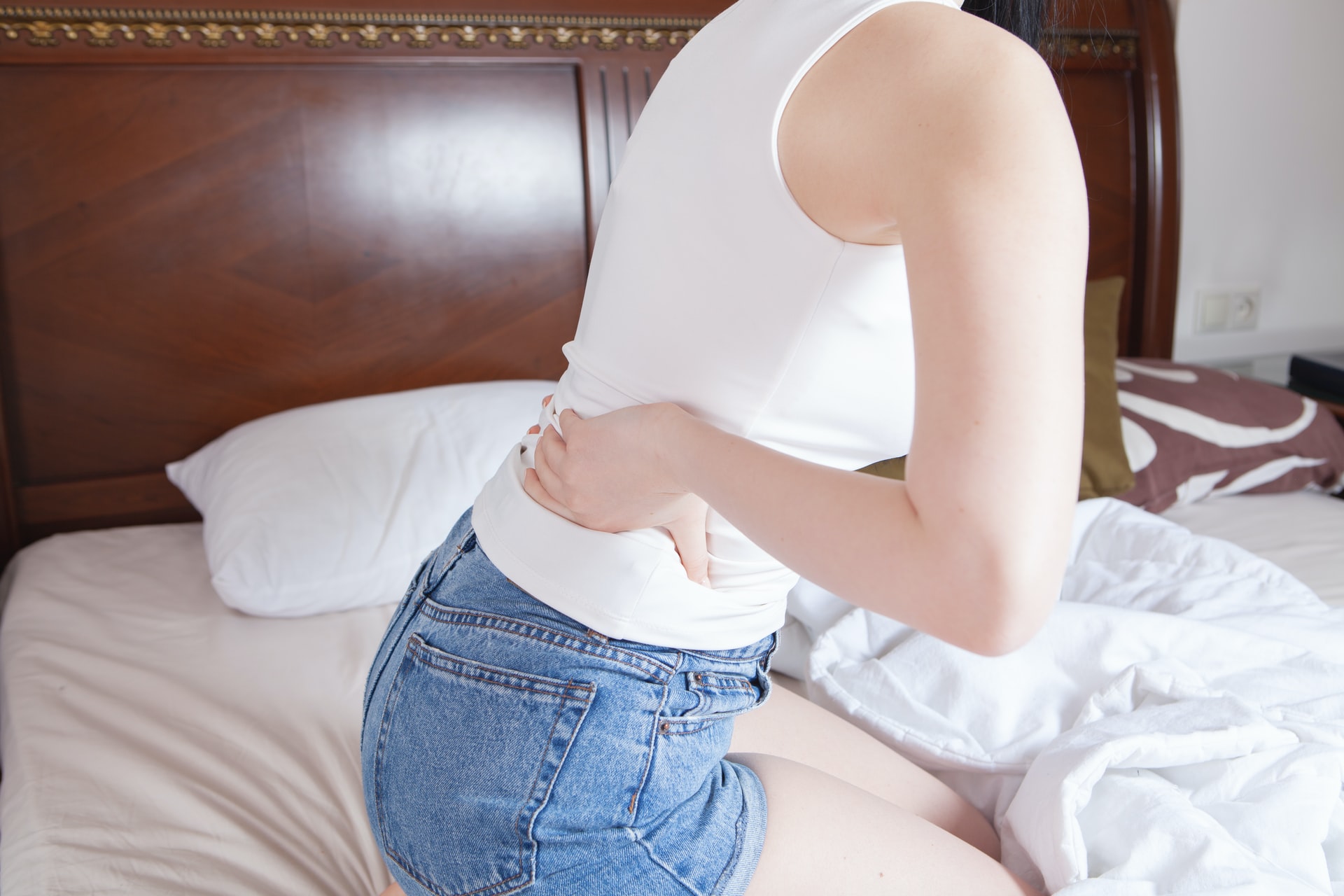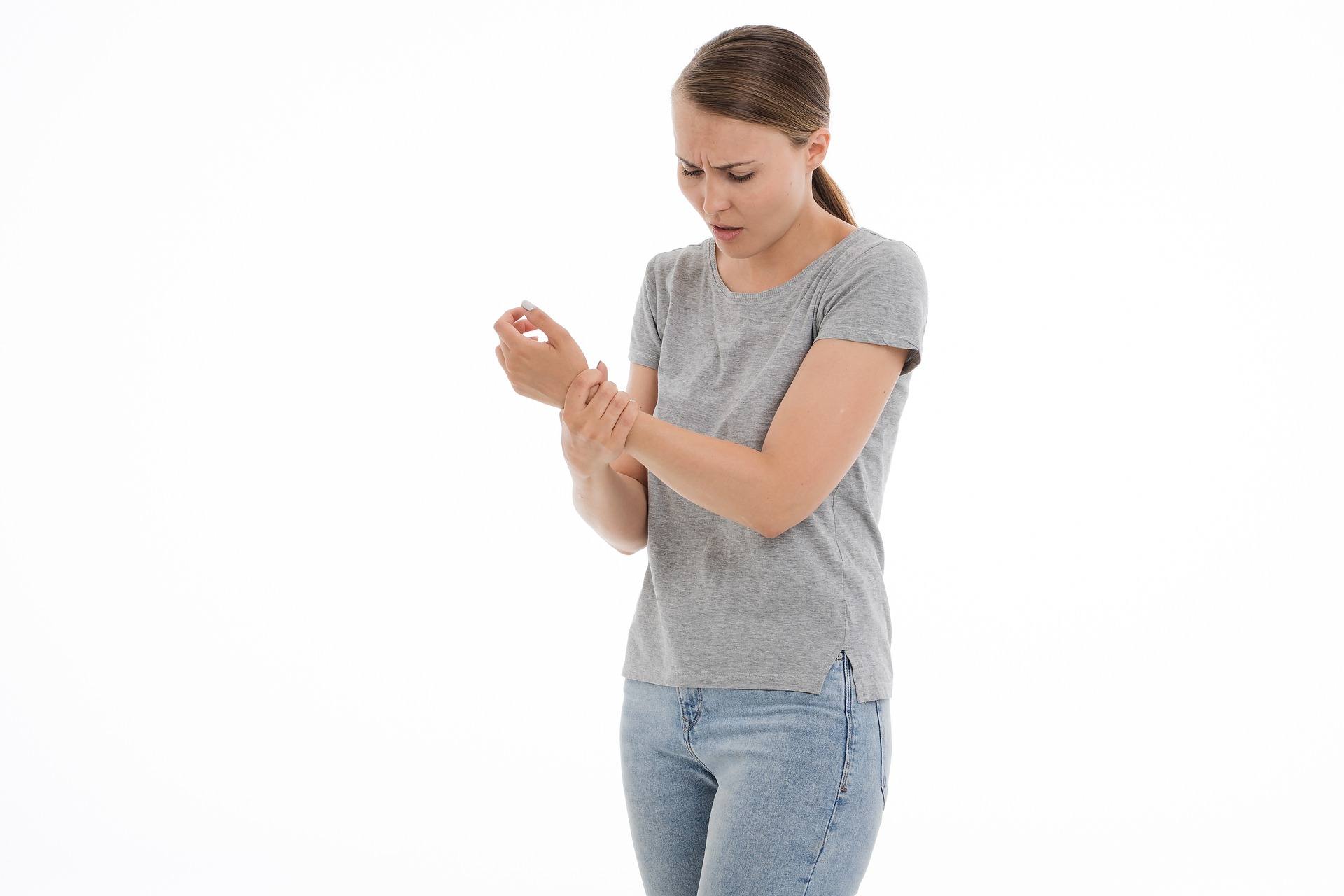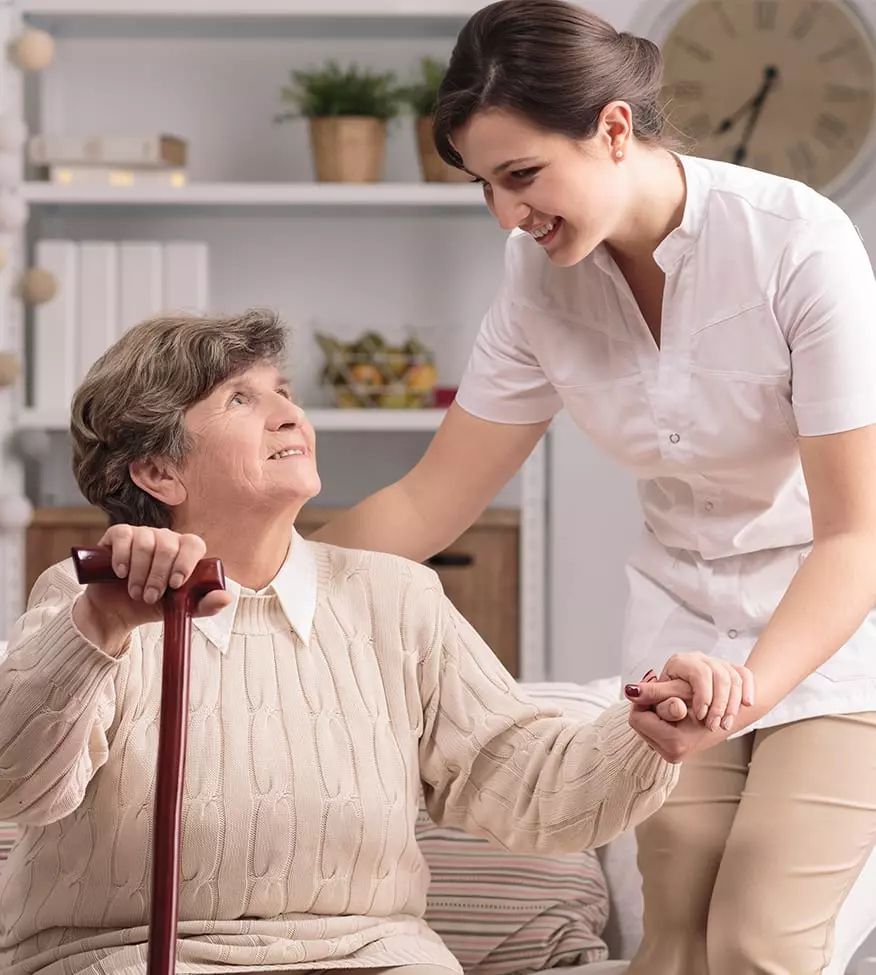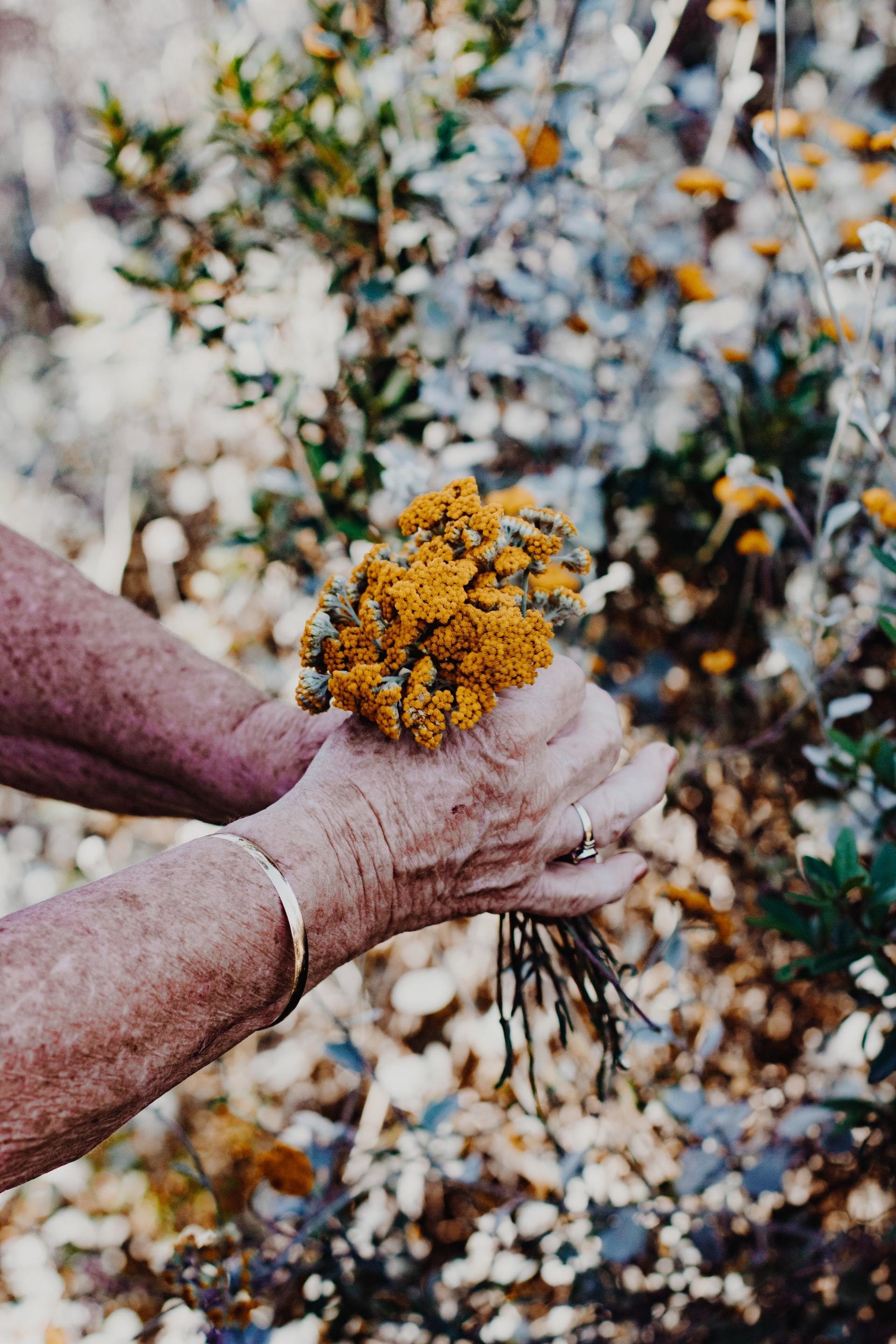Understanding the risks of falls is important for elderly or vulnerable adults living alone. If a loved one that you know is living at home, there are a number of things to consider to avoid the risks of falls.
The Risks of Falls for Elderly at Home
While many of us might suffer the odd accidental trip and fall, it is a far more dangerous risk for the elderly. It is especially risky for the vulnerable and who may be living with a long-term health condition. Furthermore, falls are a very common and often disregarded cause of injury for older people.
Approximately 33% of people over the age of 65 living in their own homes will suffer at least one fall per year, with half of these people suffering more frequent accidents.
While most falls in the elderly do not result in a serious injury, there is always the risk. Falls most commonly result in a broken bone or two, but the psychological effect can be much more severe. Older people can lose confidence in their abilities after suffering a fall.
They will often withdraw from any activity requiring lots of movement, ultimately limiting what they can do and stifling their independence.
What should I do if I fall?
If you are elderly and suffer a fall, the main thing to do is remain calm. If you feel that you are hurt but are strong enough to get yourself up, do so slowly to avoid any further injury.
Rolling onto your hands and knees is the best position to raise yourself from. You can even use a sturdy piece of furniture, such as a chair, sofa or bed, to hold on to while you get up.
Holding onto the furniture with both hands is the best way to support yourself, and once you feel strong enough to get up, again, do so slowly. Once you are back on your feet, take a moment to rest and gather yourself before carrying on with any daily tasks or activities you want to do.
If you are injured or too hurt to get up yourself, try calling out to get the attention of someone close by. You can shout, bang on the floor or walls, or activate your aid call button if you own one. If you are able, try crawling to a nearby phone to dial 999 and request an ambulance.
While on the floor, try to find something such as a blanket to keep yourself warm with while you wait for the ambulance to arrive. You should ensure that your legs and feet, in particular, are kept warm.
Again, try to remain calm and get yourself into a comfortable position. It would be best if you also try to change your position once every 30 minutes to not put too much strain on any one part of your body.


Who is more at risk from falls?
Certain medical conditions increase a person's chances of suffering from a fall. These include:
Those with chronic illnesses such as arthritis, heart disease, Parkinson's, low blood pressure, dementia and other cognitive disorders. All of these conditions can cause a loss of coordination, dizziness and weakness of the muscles.
Those who take certain medications with particular side effects, such as drowsiness, dizziness, and other mobility-related effects. These side effects can be made worse when taking several daily medications together.
Those with a poor sense of balance due to infections or a fear of falling.
Those with reduced muscle strength and poor dexterity in their joints. This may limit a person's ability to stand, walk, or lift themselves out of bed or a chair.
Those with reduced reaction times. Nerves that transmit information throughout the brain can deteriorate as we age, especially for those with conditions such as Parkinson's or dementia. This slowed reaction time will inhibit a person's ability to avoid obstacles quickly, leading to falls. These obstacles could be anything, from a bunched up rug, furniture or slippery floors.
Those with poor vision often causing them to be unaware of hazards until it is too late.
What are hazards in the home?
There are many hazards and risk factors in the home that can pose a falling threat to older people. These hazards can include:
Tripping hazards, such as rugs and furniture, or objects placed in regularly travelled areas, such as hallways and stairways.
Long, flowing clothing or wires can also pose a significant threat.
General clutter or mess around the home.
If the home is poorly lit.
Slick floors can become slippery when they are wet.
If a person's shoes do not fit them properly.
Objects that are stored in hard to reach places that are difficult to get to.
Inadequate safety or assistance equipment installed in the home.
What causes someone to fall?
Older people are more likely to fall for several reasons, including:
Diminished vision
Issues with balance and weak muscles
Long term health conditions, such as dementia, heart disease, low blood pressure etc.
Other factors can also contribute to a fall:
Insecure rugs or carpets
Poor lighting
Wet or recently polished floors
Hard to reach storage areas
Rushing to get around and not taking your time
Another common cause for men is falling from ladders while carrying out maintenance work and DIY.

The Consequences of Falling
While it may only seem like a minor accident, the consequences of any fall among older people can be severe. Falls can be especially hazardous for older people, who in a weakened state may suffer more severe injuries than someone else when they fall. Falling can also knock an older person's confidence, scaring them and limiting their freedom to move about as they would like.
Older people are at an increased risk of suffering broken bones when they fall, especially in vulnerable joints such as their wrists and hips. Hip fractures are particularly severe, as a broken hip will significantly limit a person's mobility. Even while recovering from their injury, they will need to be cared for and supported to ensure that they can cope while convalescing.
The eventuality of suffering a broken hip, along with the difficulties that such an injury will bring, increases significantly for every 10 years a person lives over the age of 50. Women are particularly vulnerable to fractured hips, given that they are more likely to suffer from osteoporosis.
For those over the age of 75, the consequences of a fall are even more significant, with falls being one of the most common causes of death for people in this age group. Again, aside from the physical consequences of a fall, the psychological effects can also be very significant.
A study conducted in 2012 found that damaged confidence can greatly affect a person's mobility far more powerfully than a physical injury might.
This study found that those elderly people who were more confident in their mobility generally performed better during mobility and balance tests. This fear of falling, or lack of confidence in one's abilities, can be devastating.
The anxiety that can develop with any form of movement can increase your risk of falling again. While those who are confident will regularly move around will exercise the muscles they need for dexterity and balance, those who are too scared will not.
Receiving care and support in the home can be a beneficial way to promote mobility for those who have recently suffered falls, helping to reduce the risk of them happening in the future.

If you have questions about the risks of falls at home, we hope this information has been useful to you.
We offer specialist home care services and live-in care for vulnerable adults throughout London. Get in contact today if you have a loved one that would benefit from care at home.

